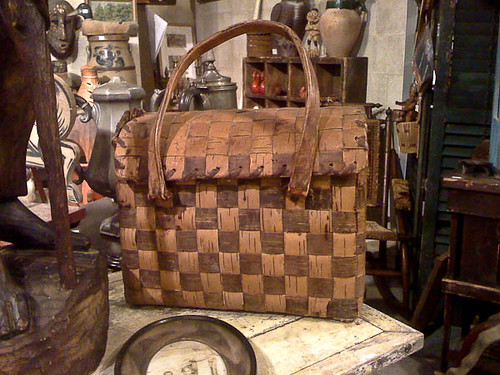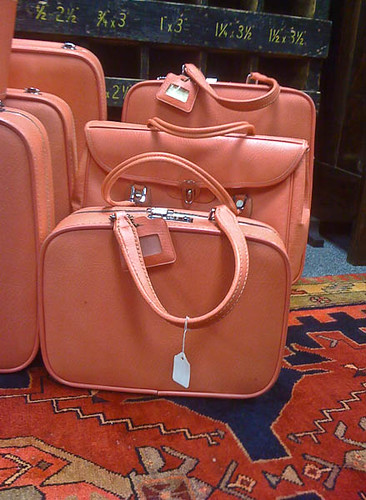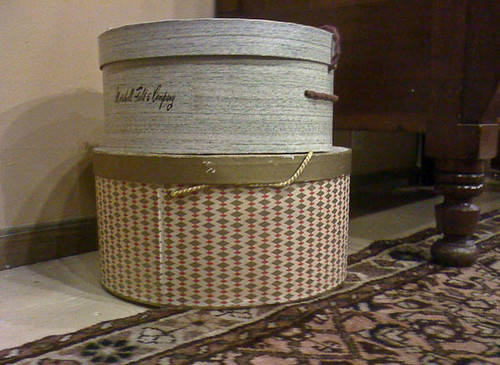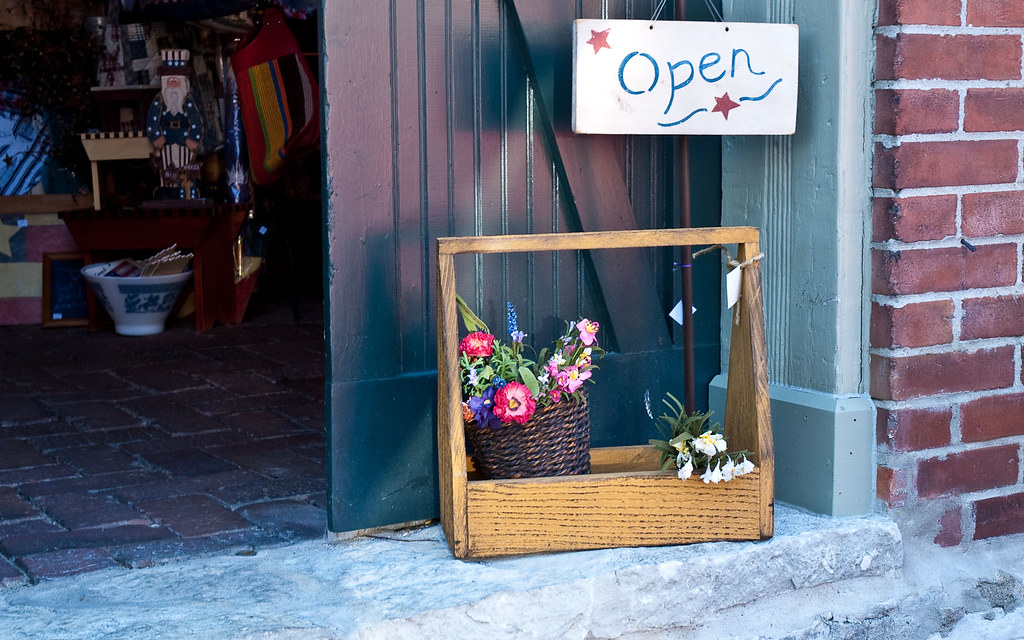Awareness is not the same as thought. It lies beyond thinking, although it makes no use of thinking, honoring it’s value and it’s power. Awareness is more like a vessel which can hold and contain our thinking, helping us to see and know our thought as thought rather than getting caught up in them as reality. ~~ Jon Kabit-Zinn
The Memoir Project invites you to take a writing break. Go on a treasure hunt instead.
Best Place To Get Tramadol Online This is a treasure hunt to find the perfect vessel to “hold and contain your thinking,” those bits of memoir writing and projects you are collecting as the months pass by. (Although if your schedule permits, you could both write a story or two and go searching for that special container.)
Your container can be as plain or fancy as you wish, as decorative or functional as suits your own temperament. Of course, you may already own a special container and simply need to re-purpose it. Or a trip to the local shops may inspire you to examine boxes, baskets, and bags.
https://www.circologhislandi.net/en/conferenze/Tramadol Purchase Canada  Antique Leather Bag © 2010 Bo Mackison
Antique Leather Bag © 2010 Bo Mackison
I scoured the antique shops for a sewing basket to hold my growing stash of memoir projects.
My grandmother, a seamstress by profession, had a varnished wicker sewing basket, maybe fourteen inches in diameter, with a flat wicker lid. The top was decorated with a tassel of threads and buttons. I record many memories of my early years when I lived with my grandparents, and it would be meaningful to find a similar basket for my memoir storage.
What kind of container is right for your memoir collection?
A cookie tin for the baker in the family? A pink vintage suitcase for the traveler or wanna be traveler? A picnic basket for the outdoors enthusiast?
 Pink Vintage Luggage © 2010 Bo Mackison
Pink Vintage Luggage © 2010 Bo Mackison
Maybe an old-fashioned doll trunk to hold a trunkful of childhood memories? A bamboo box for the naturalist? A quilted bag to hold an accumulation of old letters and memorabilia? Or one of these great hat boxes to hold reminders of the “good ol’ days?”
 Marshall Field Hat Box © 2010 Bo Mackison
Marshall Field Hat Box © 2010 Bo Mackison
What container will you choose for your memoir stash?
When you find the perfect container to contain your collection of writings and other memoir media, why not take thirty minutes to write about your choice and how it relates to the life story you are recording.
Then gather your memoir projects and put them all in their new home.








